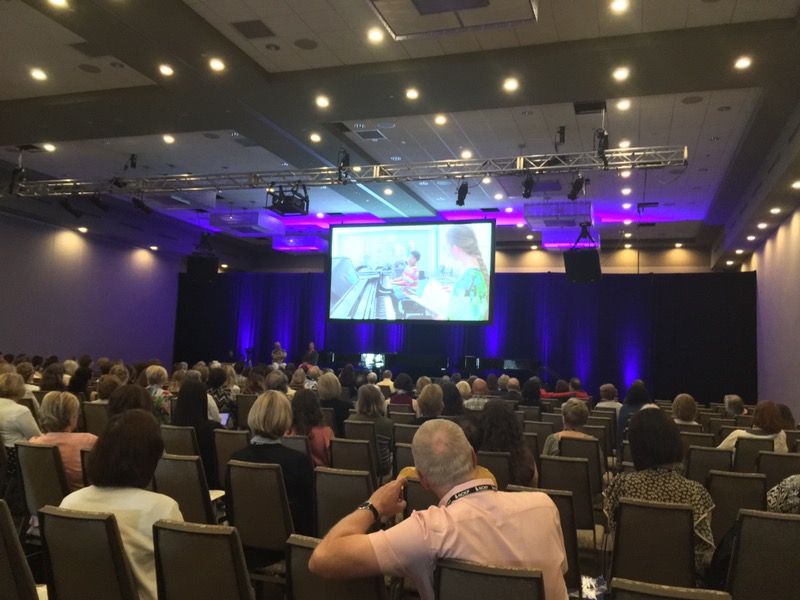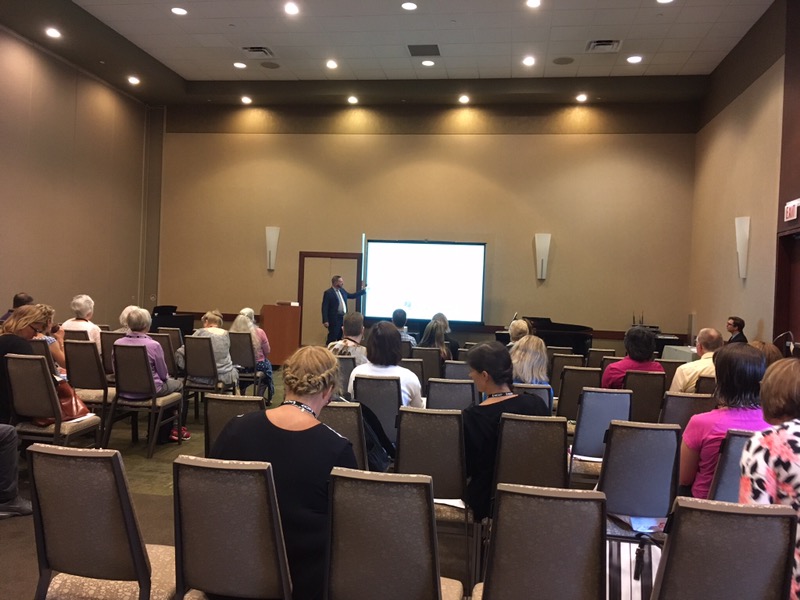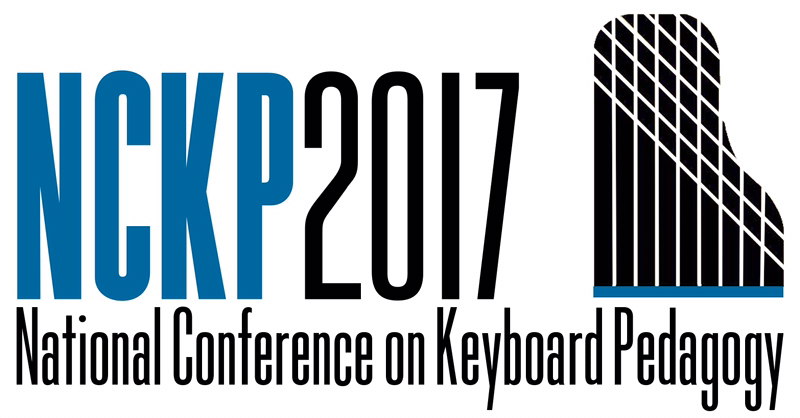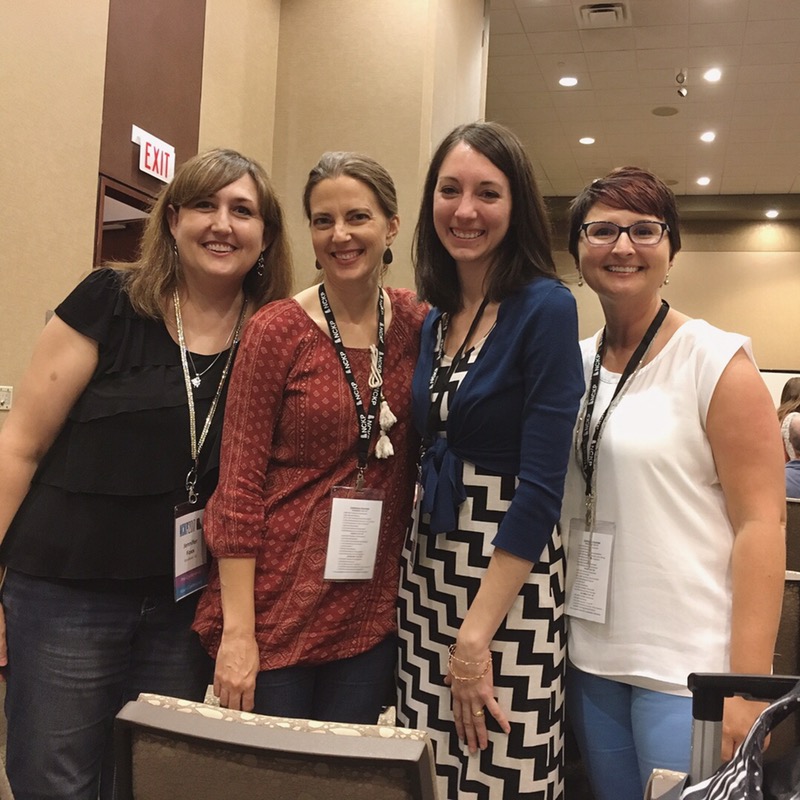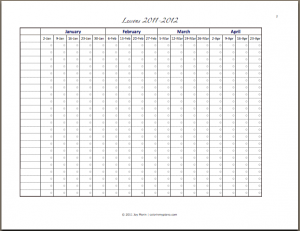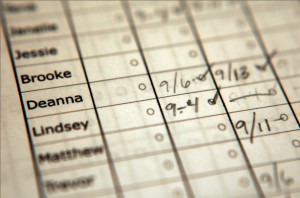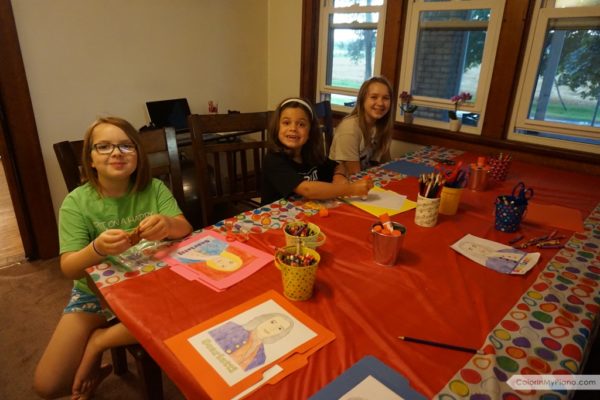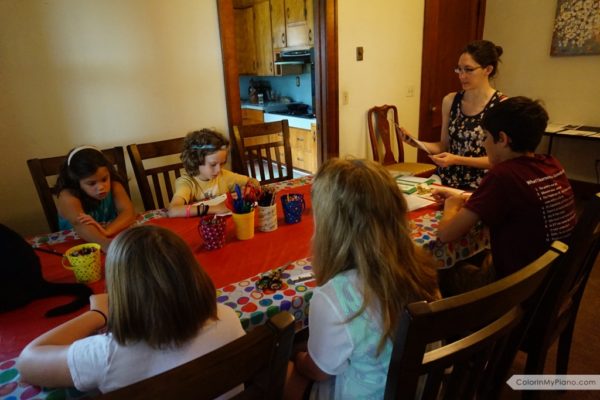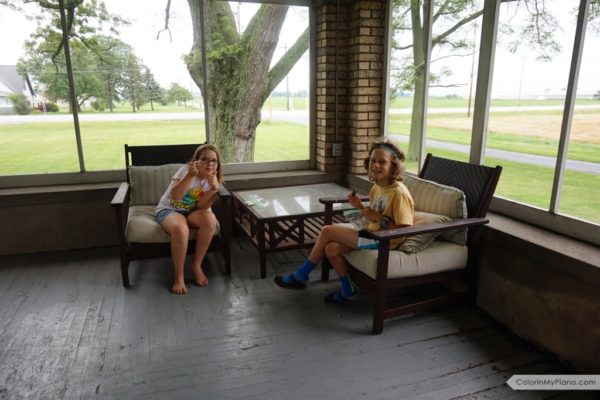As promised, here are the other two composer lapbooks I created this summer. Adding these two new composers makes the list of available composers currently 24. Exciting!
 Studying Muzio Clementi is the perfect opportunity to talk about the evolution of the piano from harpsichord, to fortepiano, to modern piano. Clementi is remembered as a keyboardist, pedagogue, music publisher, and piano manufacturer. His compositions developed the techniques of the early piano to such an extent that he was called the “Father of the Piano.”
Studying Muzio Clementi is the perfect opportunity to talk about the evolution of the piano from harpsichord, to fortepiano, to modern piano. Clementi is remembered as a keyboardist, pedagogue, music publisher, and piano manufacturer. His compositions developed the techniques of the early piano to such an extent that he was called the “Father of the Piano.”  Russian composer Sergei Rachmaninoff was a 20th-century pianist, conductor, and composer, composing in the late-Romantic tradition. My students enjoyed learning about Rachmaninoff’s concert tours, recording contracts, incredible musical memory, and most well-loved compositions.
Russian composer Sergei Rachmaninoff was a 20th-century pianist, conductor, and composer, composing in the late-Romantic tradition. My students enjoyed learning about Rachmaninoff’s concert tours, recording contracts, incredible musical memory, and most well-loved compositions.
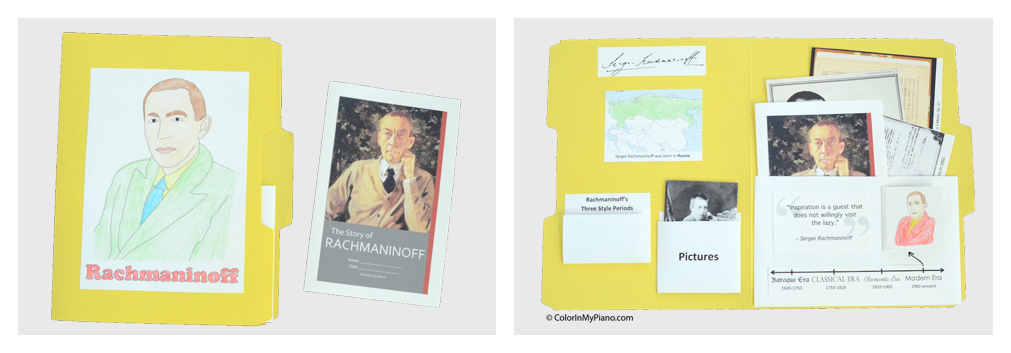 As I mentioned earlier, this curriculum is what I use for my Music History camps. This curriculum is great also for group classes (I use them occasionally at my monthly “Piano Parties”). Sometimes, I also print out only the biography booklet for students when they are working on a piece by a composer they aren’t yet familiar with. When writing the biography booklet, I did my best to be complete in representing the composer’s life and work, while writing it in a manner that is relatable and interesting students.
As I mentioned earlier, this curriculum is what I use for my Music History camps. This curriculum is great also for group classes (I use them occasionally at my monthly “Piano Parties”). Sometimes, I also print out only the biography booklet for students when they are working on a piece by a composer they aren’t yet familiar with. When writing the biography booklet, I did my best to be complete in representing the composer’s life and work, while writing it in a manner that is relatable and interesting students.
The lapbooking is intended to make the information come alive through pictures, visuals, and other interactive activities. I’m always amazed at how much information my students retain using this curriculum.
When you purchase the curriculum, you get a studio license permitting you to print from the PDF for use with your students as much as you like.
Thanks for reading! View the Great Composers & Their Music curriculum in the shop here.




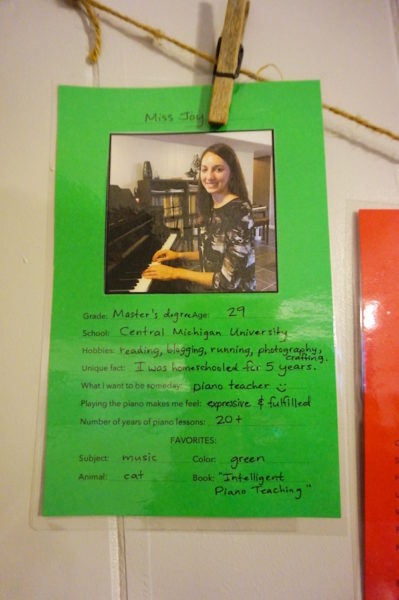

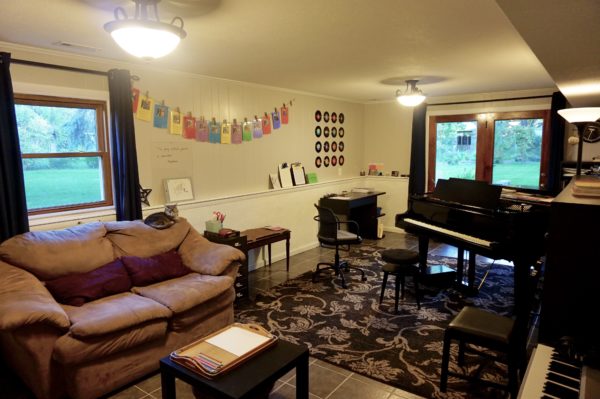

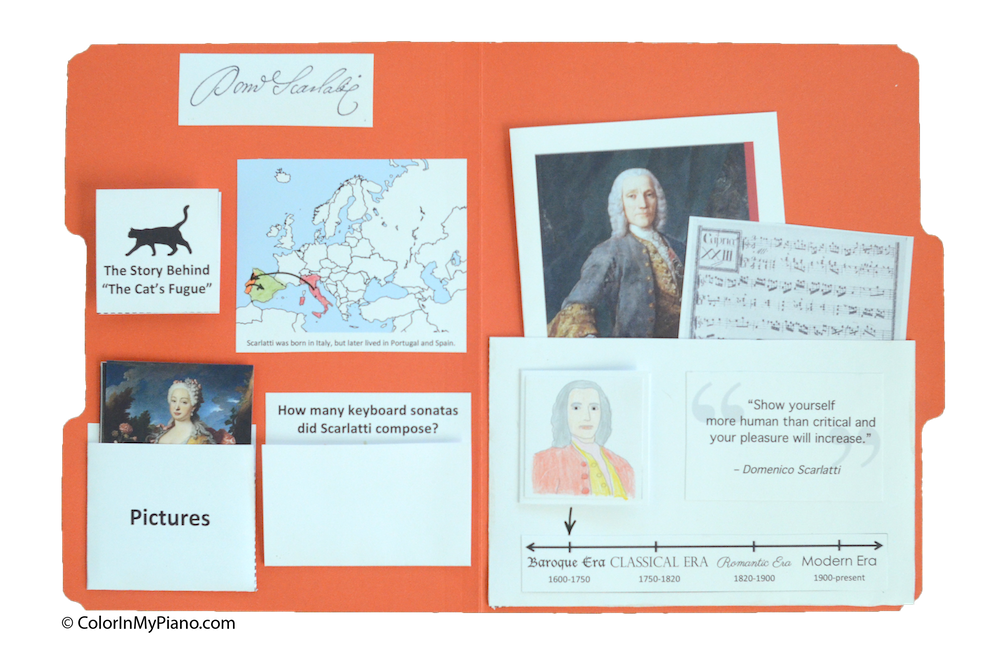
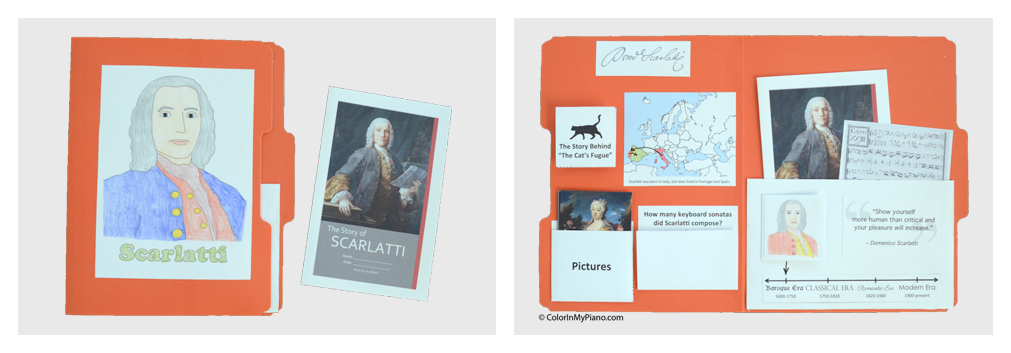
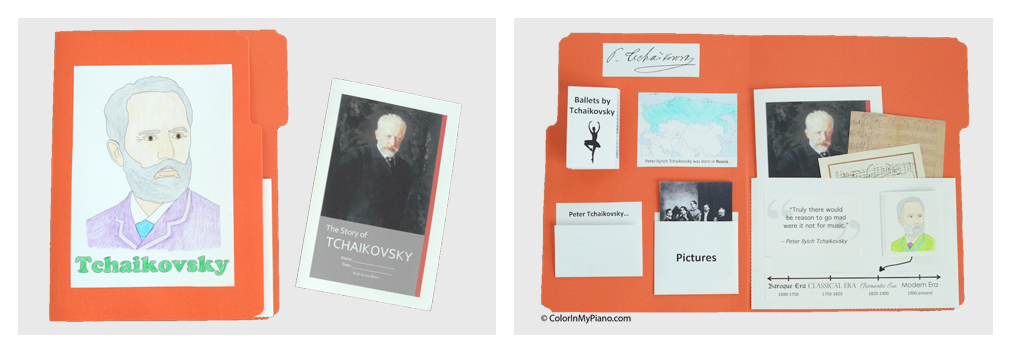

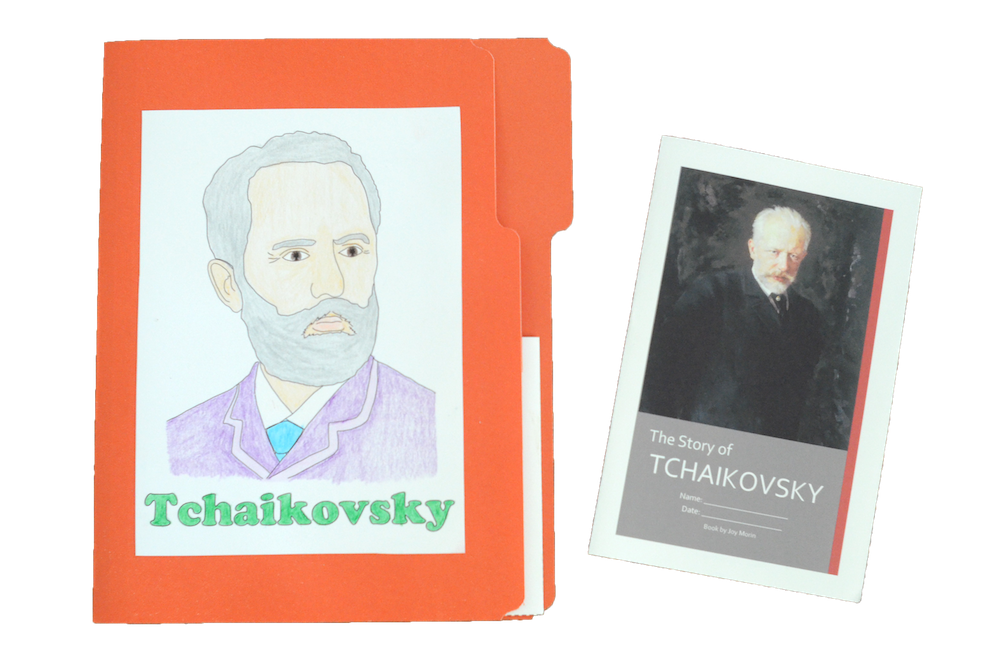
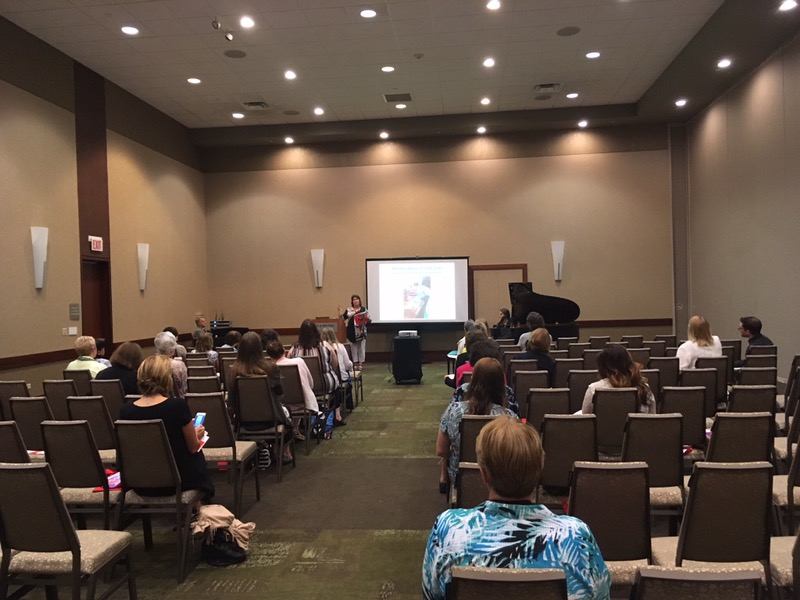
 Here's a photo taken of me with Jane Bastien and her daughter Lori!
Here's a photo taken of me with Jane Bastien and her daughter Lori! 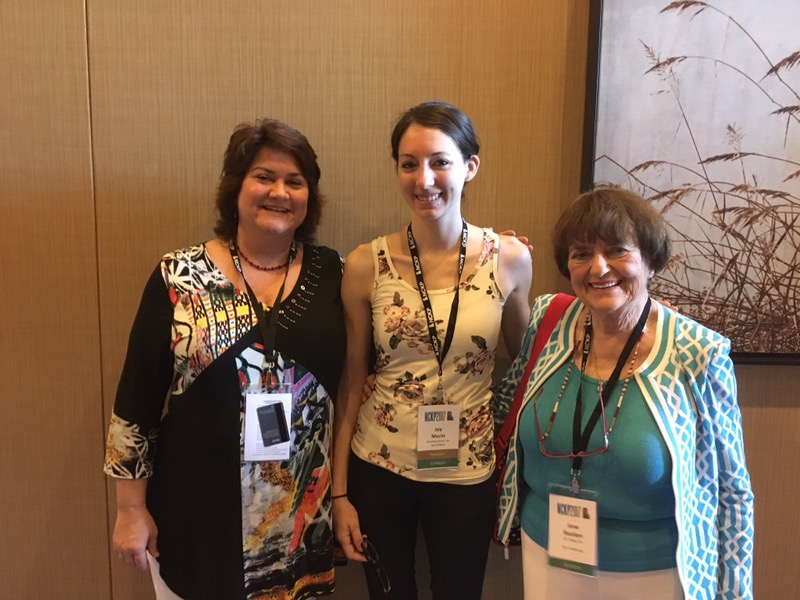
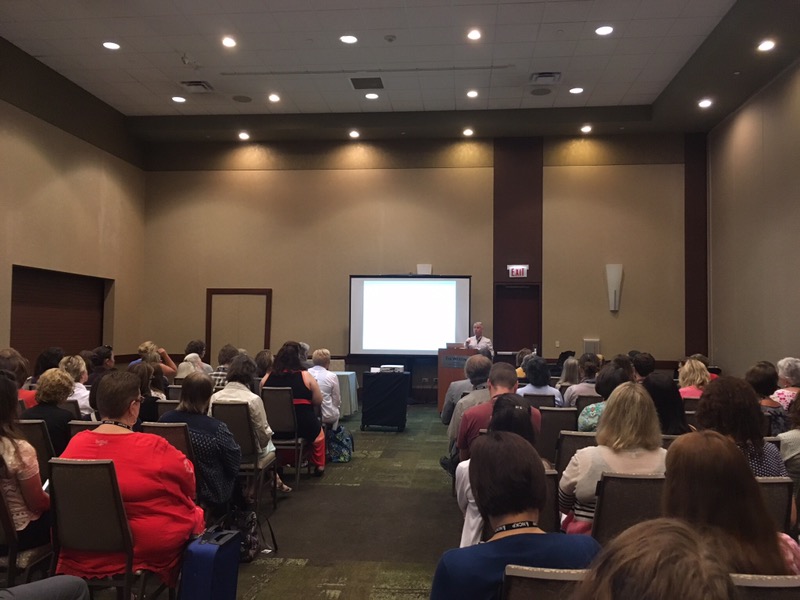
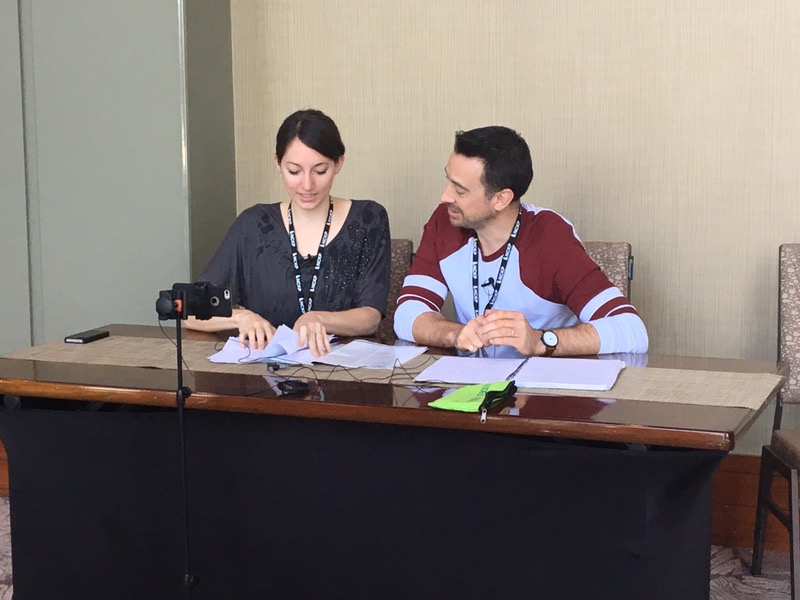 Check out our fun video
Check out our fun video 
